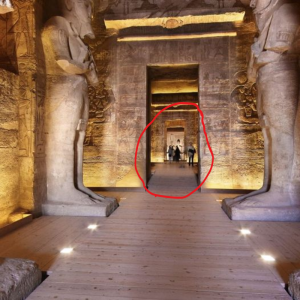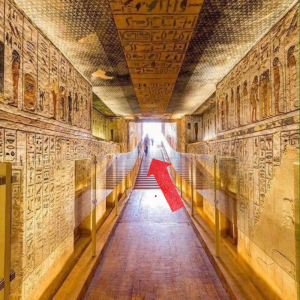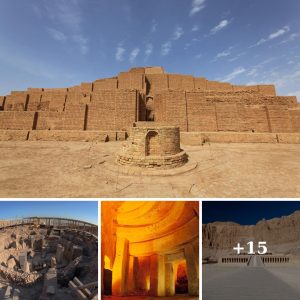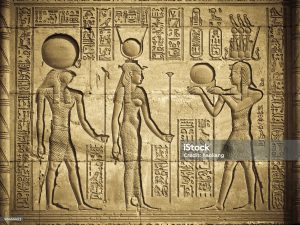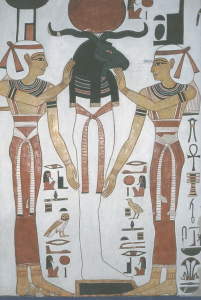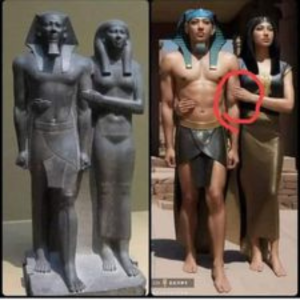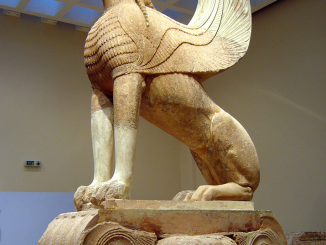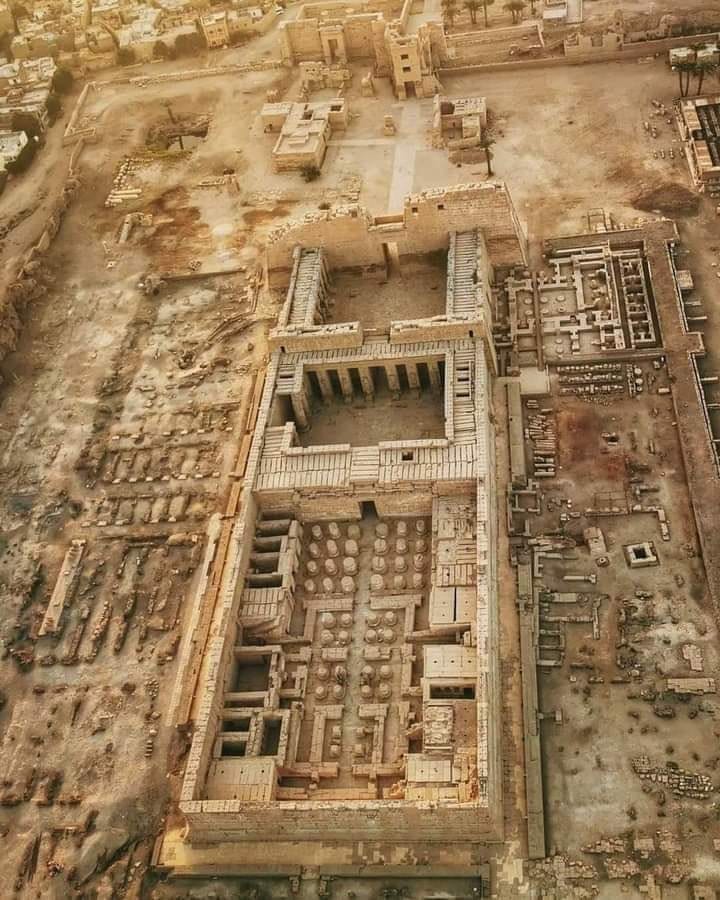
Nestled on the west bank of the Nile River in Luxor, Egypt, lies the awe-inspiring Temple of Ramses III at Medinet Habu. This magnificent temple complex, dedicated to the Pharaoh Ramses III of the New Kingdom, stands as a testament to ancient Egyptian grandeur and architectural mastery. From its imposing pylons to its intricately decorated walls, the Temple of Ramses III offers visitors a glimpse into the religious and cultural significance of ancient Egypt. In this blog post, we embark on a virtual journey to explore the splendor of this iconic archaeological site from an aerial perspective.
Unraveling the Architectural Marvels of the Temple
- Imposing Pylons and Outer Walls: The aerial view of the Temple of Ramses III reveals its imposing pylons and massive outer walls, which once served as a formidable barrier to protect the sacred precinct within. These towering structures, adorned with intricate carvings and hieroglyphs, symbolize the power and authority of the pharaoh and his divine connection to the gods. The pylons served as the gateway to the temple complex, welcoming pilgrims and worshippers into the sacred space beyond.
- Inner Courtyards and Hypostyle Halls: Beyond the pylons, the aerial view of the temple showcases expansive courtyards and hypostyle halls adorned with colossal columns and elaborate reliefs. These inner sanctuaries were the heart of religious worship and ritual activity, where priests and devotees gathered to honor the gods and offer prayers and sacrifices. The intricate carvings and inscriptions on the walls depict scenes from ancient Egyptian mythology and royal ceremonies, providing insights into the religious beliefs and cultural practices of the time.
- Sacred Chapels and Inner Chambers: As we delve deeper into the aerial view of the temple, we discover a network of sacred chapels, inner chambers, and sanctuaries dedicated to various deities worshipped in ancient Egypt. These sacred spaces were adorned with statues, altars, and ritual objects, where priests performed sacred rites and rituals to ensure the prosperity and protection of the kingdom. The innermost chambers, including the sanctuary of the god Amun, were considered the holiest of holies, accessible only to the highest-ranking priests and pharaohs.
- Legacy and Preservation: The aerial view of the Temple of Ramses III at Medinet Habu offers a unique perspective on one of Egypt’s most significant archaeological sites. Despite the passage of millennia, the temple complex continues to inspire awe and admiration, serving as a testament to the enduring legacy of ancient Egyptian civilization. Today, the temple stands as a UNESCO World Heritage Site, attracting visitors from around the world who come to marvel at its splendor and learn about the rich history of ancient Egypt.
Preserving Egypt’s Cultural Heritage
In conclusion, the aerial view of the Temple of Ramses III at Medinet Habu provides a fascinating glimpse into the architectural marvels and religious significance of ancient Egyptian temples. From its imposing pylons to its sacred inner chambers, the temple complex offers a window into the beliefs, rituals, and cultural practices of one of the world’s oldest civilizations. As we continue to explore and study these remarkable archaeological sites, we gain a deeper appreciation for the enduring legacy of Egypt’s cultural heritage and the importance of preserving it for future generations.
